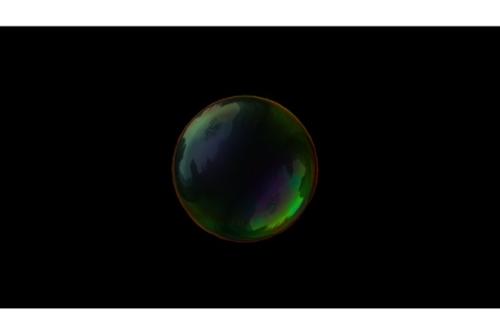a conversation between Anupam Roy and Susanne M. Winterling
book launch "Pandora's box" @kunsthall trondheim, norway, 05/2022 https://kunsthalltrondheim.no/en/arra...
Propagandaist and artist Anupam Roy creates works across media to communicate the tenets of the Communist Party of India (Marxist-Leninist) Liberation. The CPI (M-L) Liberation has been an instrumental voice of the working class, women, and the minority struggle in India both at the national and the regional level for over three decades. Through elected representatives, affiliated student bodies, as well as many other mass organizations, the party has been doing grassroots level work in different parts of the country. As a member of the party, Roy has been visually articulating its ongoing struggle against the current government’s rhetoric of hate based on religious fundamentalism. Through his posters, slogans, pamphlets, placards, and large-scale murals, Roy highlights the state of things as they are whilst at the same time offering a personal and artistic reflection on them. In his view, the creative practitioner today has to expose oneself to the brutality of the world in the course of transforming it. The artist-intellectual for him, has to take up a new role of propagandist, whose ambition should be the fearless propagation of truth. This conversation between Roy and Winterling took place in Delhi, 2017 and continued via email and meetings through 2019.





![Blackwash [working title]](/sites/default/files/styles/medium/public/56fe8ebf-7f16-4486-a251-6d85b1e906c3_4_5005_c.jpeg?itok=rIFeYRMo)












